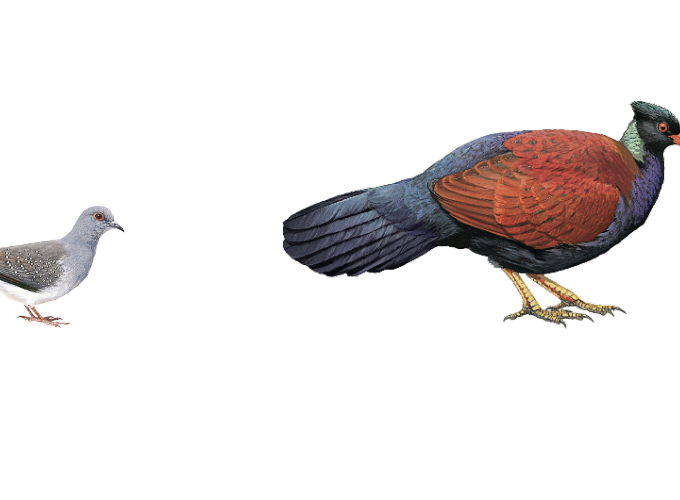Host body size, not host population size, predicts genome-wide effective population size of parasites
Abstract
The effective population size (Ne) of an organism is expected to be generally proportional to the total number of individuals in a population. In parasites, we might expect the effective population size to be proportional to host population size and host body size, because both are expected to increase the number of parasite individuals. However, among other factors, parasite populations are sometimes so extremely subdivided that high levels of inbreeding may distort these predicted relationships. Here, we used whole-genome sequence data from dove parasites (71 feather louse species of the genus Columbicola) and phylogenetic comparative methods to study the relationship between parasite effective population size and host population size and body size. We found that parasite effective population size is largely explained by host body size but not host population size. These results suggest the potential local population size (infrapopulation or deme size) is more predictive of the long-term effective population size of parasites than is the total number of potential parasite infrapopulations (i.e., host individuals).
